The second World War was a conflict that claimed tens of millions of lives worldwide. Although Ireland adopted a neutral stance during the war, it would not be completely shielded from the effects of the brutal conflict. Rationing of basic items, including tea, sugar, petrol and tobacco took its toll on the Irish population, although this seemed like a small price to pay to keep citizens far away from the horrors of the front line of war.
Not everyone agreed with the policy of neutrality, however. Certain people, TD James Dillon foremost among them, argued passionately that Ireland was duty bound to support Britain and the Allies against the evils of Nazi Germany. Conversely, elements within the IRA stuck to the old mantra that “England’s difficulty is Ireland’s opportunity” and believed that an alliance with the Germans was likely to lead to a united Ireland in the event of them winning the war.
The republicans would make contact with the German military secret service, the Abwehr, early in the conflict, even sending chief of staff Seán Russell to Berlin to meet high-ranking members of the government there. At the same time, they declared war on England and inaugurated the “S-Plan”, a bombing campaign across the Irish Sea to aid the German cause.
Although the whole of Britain had entered the war, the IRA decided that on the basis of Celtic solidarity their campaign would be confined to England only, Wales and Scotland being excluded. There would be more than 200 bombings, most of which caused minimal damage. In 1939, however, a bomb was detonated in a busy Coventry street that caused the death of five civilians. Peter Barnes and James McCormack were convicted of aiding in the planting of the device and sentenced to death by the Crown. Before their hanging the Éamon de Valera-led Fianna Fáil government made numerous overtures to the British, imploring them to commute the men's sentences. It was to no avail, however, and both were hanged and buried in unmarked graves in Winson Green Prison.
Despite their protestations about the hangings of Barnes and McCormack, Fianna Fáil were themselves growing increasingly worried about the IRA’s behaviour. The English had made clear their fury about the subversive group’s conduct and hinted that it threatened Ireland’s neutral stance. Just before Christmas 1939 the IRA again caused the government a major headache when they stole more than one million rounds of ammunition from the Phoenix Park Magazine Fort.
Although most of the loot was recovered swiftly, it would still prove a highly embarrassing incident for the establishment. The government at this point decided to clamp down hard on their former republican allies by introducing the harsh Emergency Powers Act, draconian legislation re-introducing internment, flogging and the death penalty for subversive activity. The stage was set for a period of violence between the government, the Garda and the IRA as bad as anything seen since the days of the Civil War.
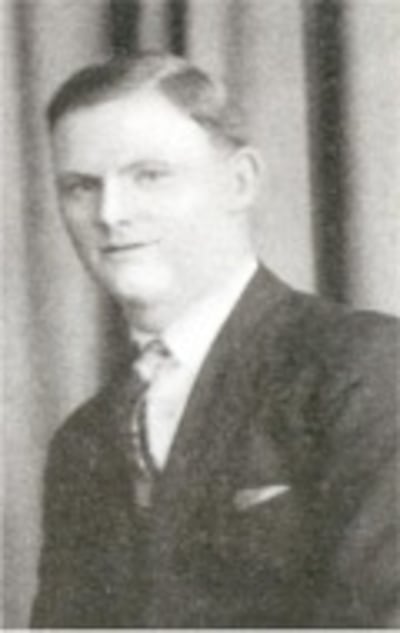
The first Garda casualty of the Emergency period was Detective John Roche, who was shot dead on Patrick Street in Cork City in January 1940. The detective and two of his colleagues had been attempting to arrest Tómás Óg Mac Curtain. A commandant in the IRA, Mac Curtain was the son of the Lord Mayor of Cork of the same name who had been murdered during the war of independence by British forces. He did not go quietly when the Garda attempted to put him under arrest, however, instead pulling out a gun and shooting Roche. Mac Curtain was sentenced to death under the new legislation but would receive a last-minute reprieve, partially down to a spirited campaign fought by his defence solicitor Seán MacBride, himself a former chief of staff of the IRA. Other IRA volunteers would not be so lucky.
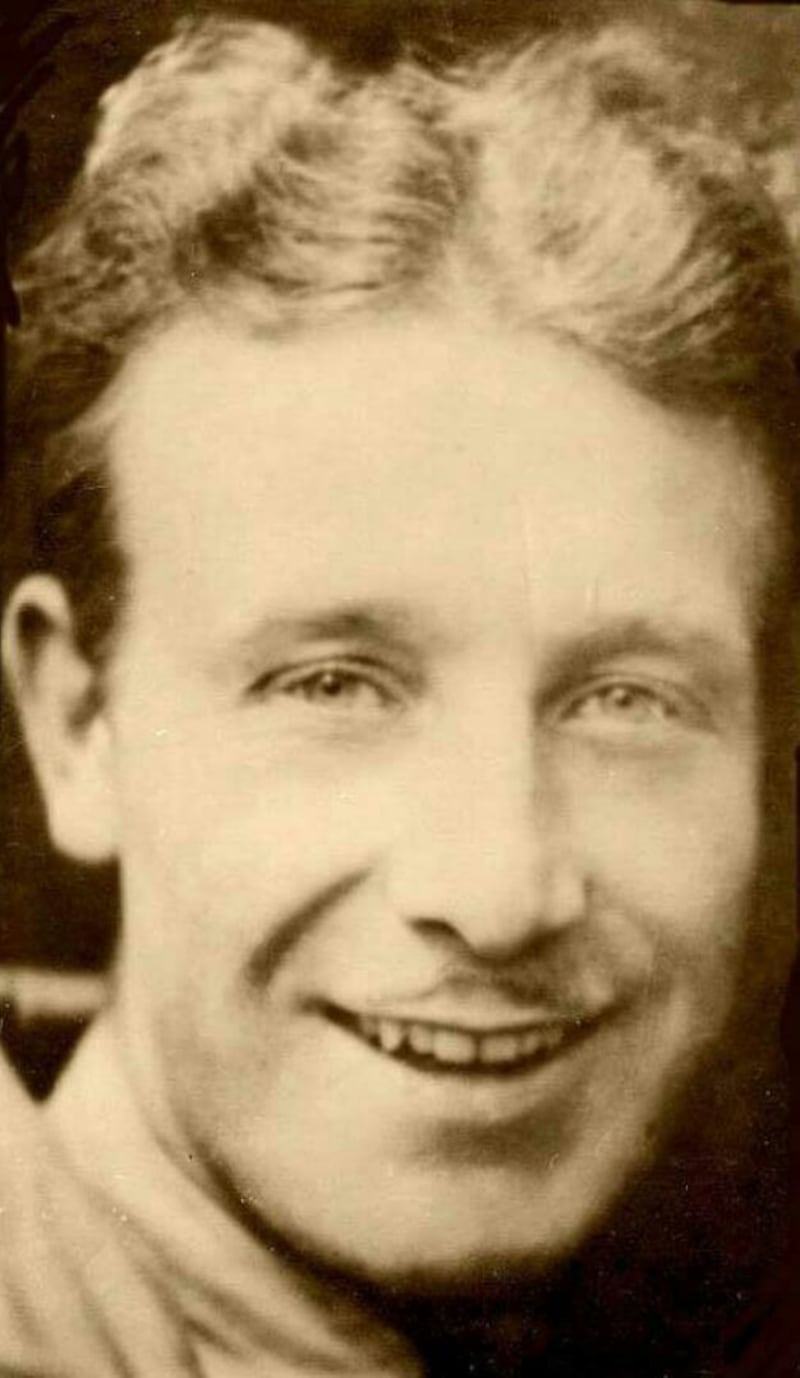
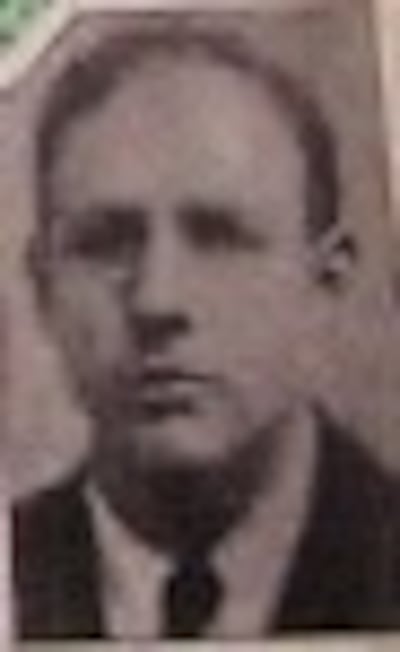
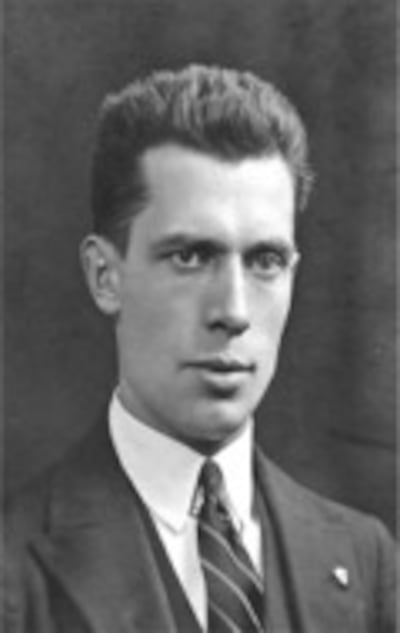
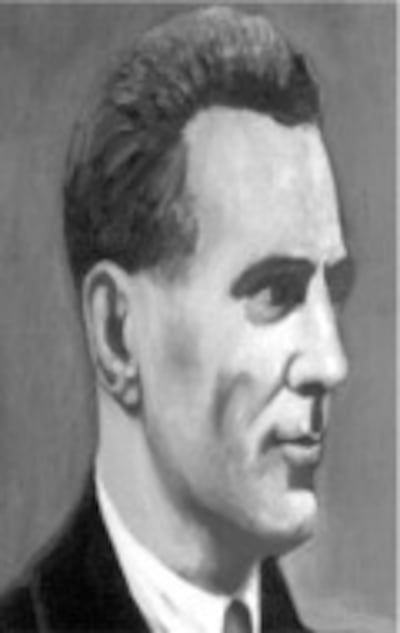
Patrick McGrath and Thomas Harte would be the first IRA members executed by the State since the civil war. The men were in a safe house in Rathgar on August 16th, 1940 when Special Branch detectives came knocking. The door was eventually opened and as Detective Richard Hyland and Patrick McKeown entered the building they were shot down in a hail of machine gun fire. At least three IRA men then ran from the house but McGrath and Harte were swiftly captured. They were arrested, tried and found guilty of the deaths of the two detectives. Justice was swift, the pair being shot by firing squad on September 6th, just over two weeks after the crime.
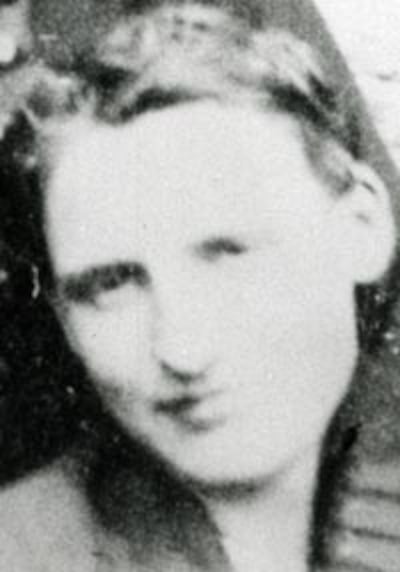
A volunteer named Richard Goss would be next to be put to death after a Garda was shot outside a house in which Goss had been staying in Co Longford. Although the Garda in question was not killed, the tribunal still sentenced the IRA man to death and he was executed by firing squad in September 1941. George Plant would face the firing squad shortly afterwards, although his crime did not involve a dead or injured Garda. Plant was convicted, along with two other IRA volunteers, of shooting dead and burying Michael Devereux, a Wexford lorry driver and IRA operative that was suspected of being an informer. For reasons known only to the government of the day, both of his colleagues would be reprieved but the death sentence on George Plant would go ahead as planned.
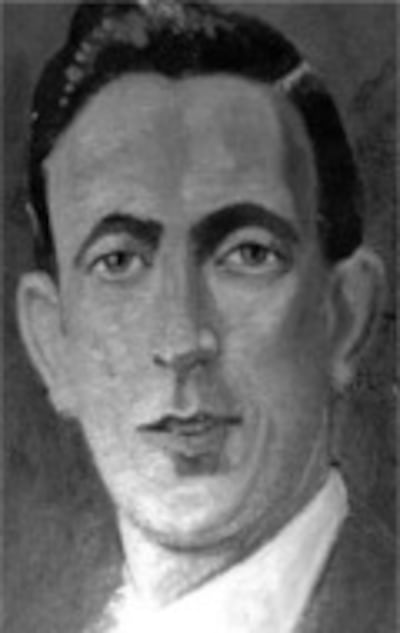
Detective George Mordaunt, a detective and father of two, was another member of the Garda killed in a firefight with the IRA. The detective had been part of a team attempting to capture wanted IRA operatives in a house in Donnycarney in 1942. The IRA men in question were armed, however, and an exchange of gunfire ensued. Mordaunt would be shot in the confusion and one of the IRA men, Maurice O'Neill, was captured. O'Neill, a native of Caherciveen, stood trial with a familiar outcome. He was brought in front of the firing squad on November 12th of the same year.
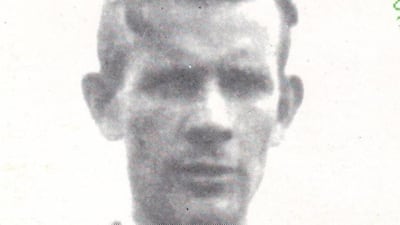
The IRA was in disarray towards the end of the Emergency, as a result of internment and the death penalty being utilised on both sides of the Border. Internally the organisation also found itself in chaos, even suspecting their own chief of staff, Stephen Hayes, of being a paid informer. His successor, Hugh McAteer, was arrested and the IRA needed a replacement quickly. Tralee native Charles Kerins was deemed suitable and appointed to the position by the IRA in July 1942, despite being just 24 years of age. In September 1942 Detective Sergeant Denis O'Brien was ambushed and shot dead outside his home in Ballyboden in Co Dublin. O'Brien had been a thorn in the side of the IRA throughout the Emergency and his death would cause outrage in the country.
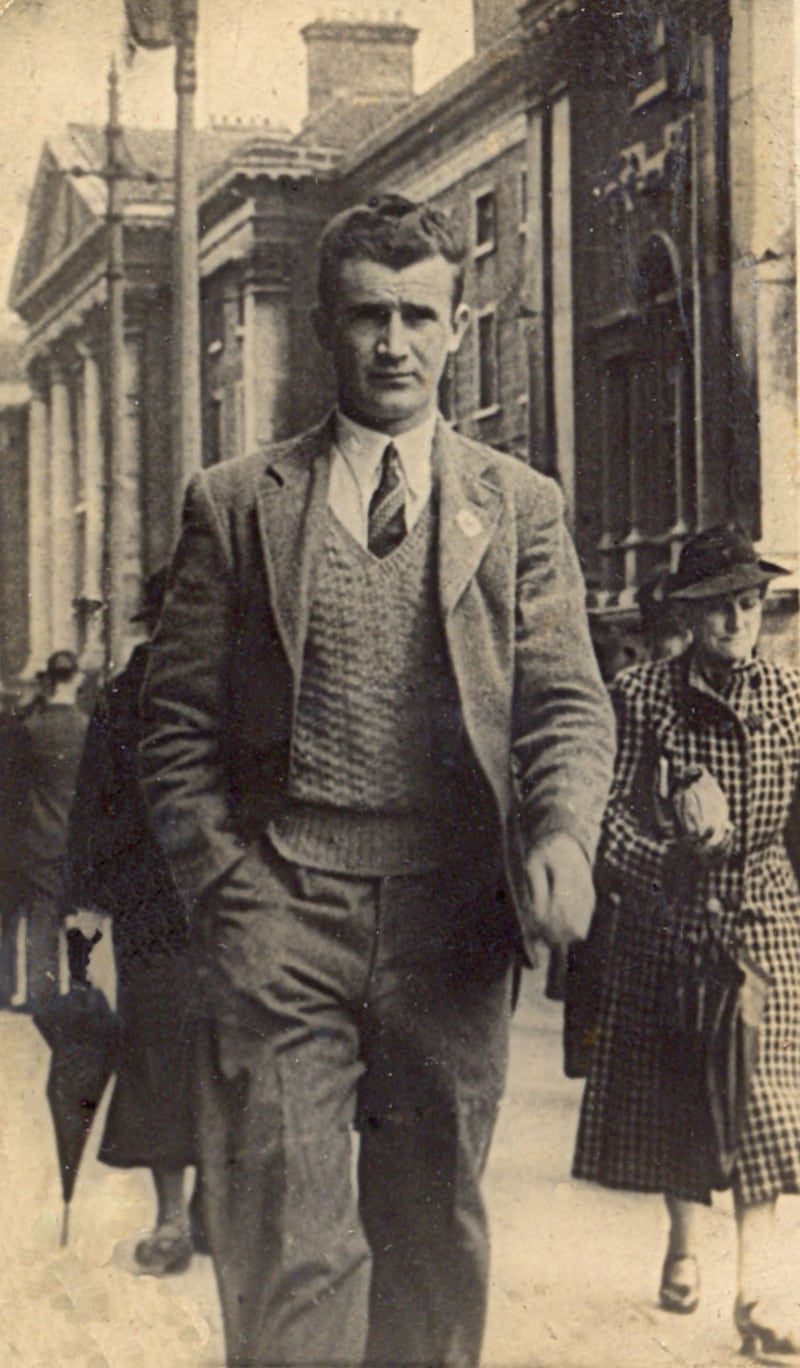
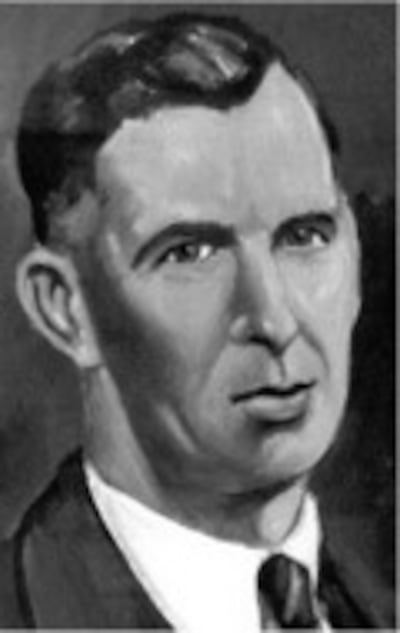
Kerins was arrested for the crime almost two years later and stood trial. The main evidence against him was a fingerprint on the frame of a bicycle left near the scene of the crime. Although Kerins refused to recognise the court he was found guilty regardless. Petitions for clemency were organised, attracting thousands of signatures but the government refused to act on them. In a further insult to the republican movement, Kerins was hanged rather than shot before being buried within the grounds of Mountjoy.
Kerins would be the last of six IRA volunteers executed by the Free State during the Emergency. The conflict would come to an end less than a year after his death but by that point the Garda had effectively wiped out the upper echelons of the organisation by using mass internment. Flogging and executions were also employed as methods of halting the IRA’s campaign of bank robberies, as well as its efforts to liaise with the Germans. The morale of the IRA was broken, more than 80 per cent of internees leaving the organisation after 1945.
The war would end, but the bitterness felt by many republicans at what they saw as a grave injustice would live on. Hundreds of republicans had been interned, dozens were flogged, three had been killed in fire-fights with Gardaí, one man was hanged and five others had met their death in front of a firing squad. Kerins’ death would arouse particular anger; the IRA had already been defeated by then and it was felt that it had been a pointless act of revenge. On the instructions of minister for justice Seán MacEoin the bodies of the IRA men executed during the war were released to their families in 1948 and reinterred in their own chosen graveyards.
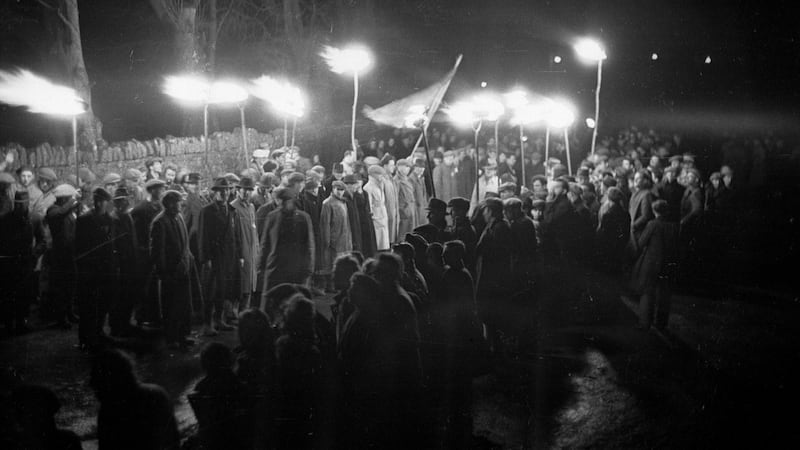
The Emergency had not officially come to Ireland's shores although several IRA volunteers would die as an indirect result of the conflict. The period also took a heavy toll on the Garda, who found themselves on the front line in a vicious conflict with the IRA.
Colm Wallace is the author of The Fallen: Gardaí killed in Service 1922-1949, which tells the story of 21 gardaí who were killed in the line of duty in the lifetime of the Irish Free State. It is available from Historypress.ie or from all good bookshops. More information can be found on the author's Facebook page www.facebook.com/colmwallaceauthor











